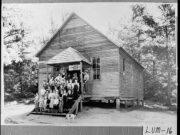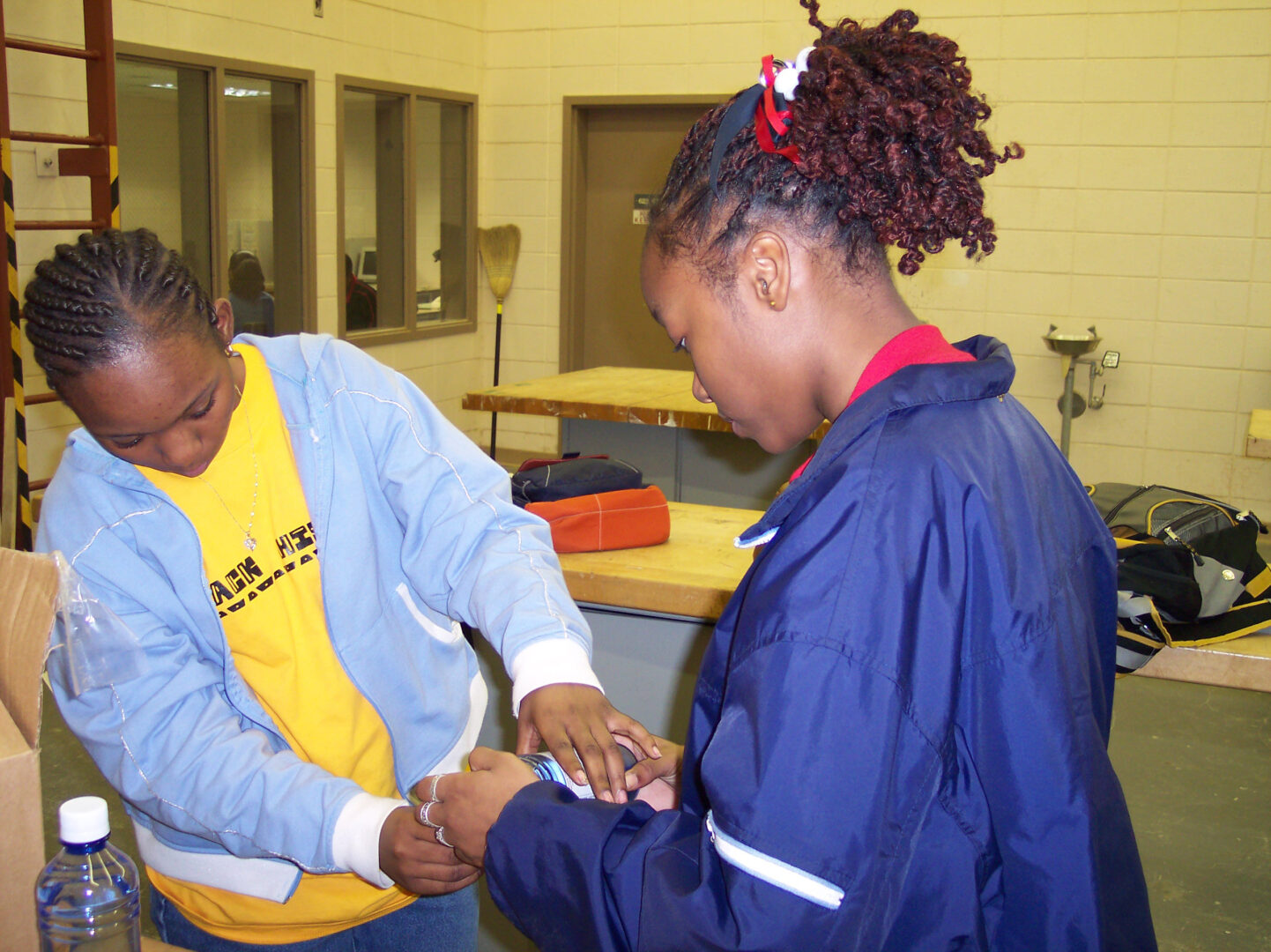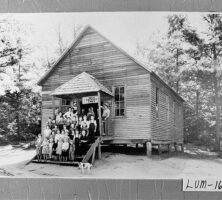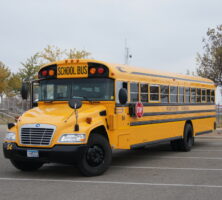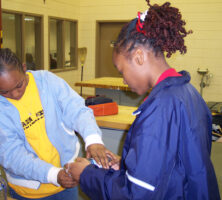Georgia has the third-largest rural student population in the nation, with nearly 380,000 attending rural schools. These rural schools are defined not only by location and population but also by their strong ties to surrounding communities. Rural schools in Georgia face distinct challenges when compared to urban and suburban schools, while at the same time offering unique educational benefits.
Rural Schools
In 2016, nearly one-third of Georgia’s schools were located in a rural setting. Many rural schools are their community’s only social gathering place, art gallery, sports arena, public meeting space, or telecommunications center.
Most of Georgia’s rural schools have survived at least two or three rounds of consolidation. As a result of these consolidations practices, Georgia has some of the largest rural schools in the nation. Another effect of consolidation is that few rural schools are still housed in their original buildings or remain situated in the heart of local towns and communities. Most now occupy modern, one-storied buildings, arranged in the traditional “egg-crate” style, with back-to-back identical classrooms forming graded halls or wings. Newer rural schools still serve as major hubs within counties, with large campuses and plenty of buffer space between the school and adjacent roads. But they are often located far from their local communities.
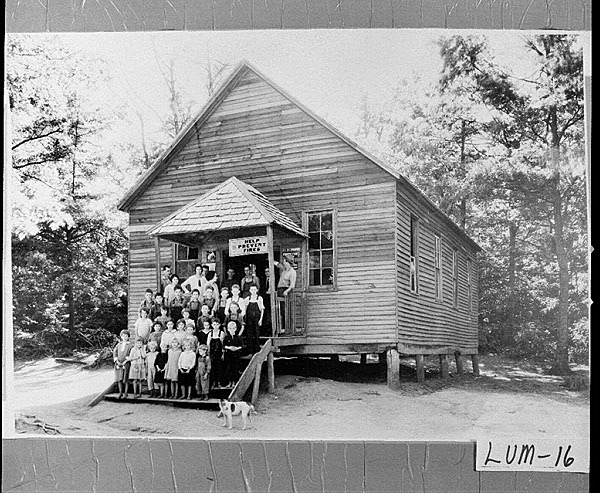
As rural school systems in Georgia have continued to consolidate their schools, few rural schools are still housed in their original buildings or situated in the heart of their local towns and communities. Most occupy modern, one-storied buildings, arranged in the traditional “egg-crate” style, with back-to-back identical classrooms forming graded halls or wings. As a result of a practice called economy of scale (meaning bigger is better and cheaper), newer rural schools typically serve as major hubs within counties, with large campuses and plenty of buffer space between the school and adjacent roads. They also are often located far from their local communities.
Challenges
Rural children account for more than 20 percent of Georgia’s public-school students, and rural educators and administrators face distinct challenges in serving them. Many serve constituencies who struggle with poverty and live long distances from the school setting. Students may live in isolated communities, some with their homes located far down dirt roads. A 2001 study reporting on the average bus ride of a rural student in five rural states—Georgia being one of the five—found that 85 percent of the rural elementary schools participating in the study had students whose daily bus ride was longer than thirty minutes, the maximum time recommended for elementary students. Twenty-five percent of these rural schools reported that their students’ longest rides exceeded sixty minutes (which is the maximum time recommended for high school students). Long bus rides, topography, treacherous weather, and isolation are factors that may hinder communication between home and school.
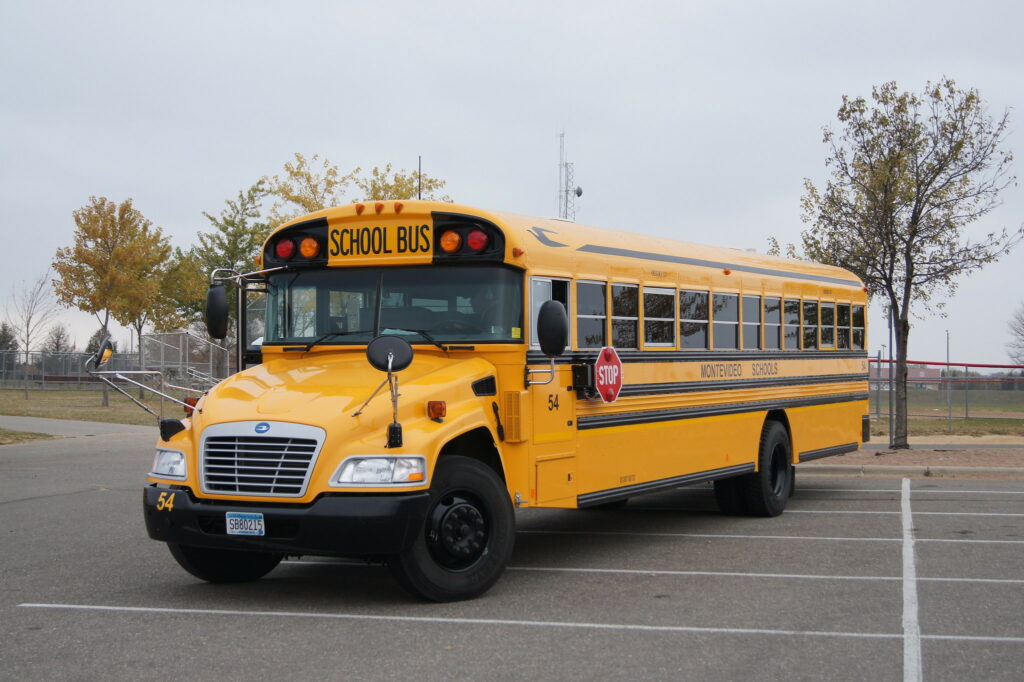
When students travel from their communities to remote campuses, they and their families may experience feelings of detachment from the school and its citizens. An additional lack of connection may result from state and school administrators’ efforts to create uniform schools and districts, ignoring the unique needs of their constituents while requiring greater accountability to state and federal governments. Often rural schools have limited staff, scarce resources, and a sparse tax base. They also struggle to attract qualified teachers. These factors can limit programming, course offerings, and, consequently, student outcomes.
Compounding these issues are correlations between the performance of poverty-stricken students and that of students attending large schools with enrollments of 1,000 or more. (In such large schools students are less likely to be known well by adults or to be engaged in the school setting and thus may be more likely to stay at home or drop out.) Around 32 percent of Georgia’s rural children live in poverty, compared with the national average of 22 percent. Rates of poverty among Georgia’s rural school children, as well as the percentage of students who identify as a minority, are among the highest in the nation. A child in a sparsely populated rural county who begins the day with a fairly long bus ride is more likely to have parents who are unemployed, is less likely to be classified as gifted, and has a greater chance of becoming a high school dropout. Additional community factors that may affect Georgia’s rural schools include declining economic opportunities and lagging wages, decreased state funding and shrinking tax bases, lack of access to adequate health care and health insurance, and “brain drain” or community flight by teachers and gifted graduates.
Rural school systems, legislators, and nonprofits are working to address these factors. In 2017, the Georgia Foundation for Public Education established the Rural Education Opportunity Fund, which provides grant support to school districts located in rural communities. That same year, the General Assembly convened two committees to study the challenges impeding growth in rural Georgia. The Georgia Chamber of Commerce also established the Center of Rural Prosperity to address the unique needs of rural communities.
Benefits
There are several common positive aspects of rural education in Georgia. For instance, many innovative practices originating in rural schools, such as interdisciplinary studies, peer-tutoring, nongraded classes, individualized instruction, and cross-age grouping, are used today in suburban and urban schools.
Many of Georgia’s rural schools reflect the standards of their surrounding communities, which often include a strong work ethic, concern for neighbors, low crime rates, and environmental quality. A partnership between a rural school and its community allows for frequent interactions between community members, school employees, students, and their families.
Many rural students enjoy living in a rural setting and attending a rural school because the experience provides strong feelings of safety, connectedness, and intimacy. Further, attending small rural schools may provide more opportunities for students to take on leadership roles, participate in athletics, and organize extracurricular activities. In turn, students gain skills and develop talents that can be transferred to a larger setting.
Uniqueness of Rural Places and Rural Schools
With the arrival of new technologies, professional accountability, and a more mobile population, rural schools in Georgia are improving academically. At the same time, they are losing many of the traditions and customs that provide students and their families with a unique sense of place.
As Georgia’s rural schools begin to look more and more like their urban and suburban counterparts, local communities, which may embody the unique cultural identity of their students, become disenfranchised and are bypassed by rural education in the name of efficiency and reform. Rural schools in Georgia can educate their students to participate successfully in the larger society while honoring the historical and social uniqueness of their communities.
Rural-centered education methodologies such as the Foxfire approach and the League of Professional Schools, which both originated in Georgia, stress student-centered learning and democratic practices in rural settings. Embracing what Jack Shelton, a rural education advocate and scholar, calls the “genius of place,” rural educators and citizens of Georgia have around them sources of untapped information and experience. Armed with such an approach, as well as local partnerships and a dedication to continued academic rigor, Georgia’s rural schools can teach their students how to be productive citizens in their own communities and state while providing a larger lens for participating as citizens of the nation and of the world.


